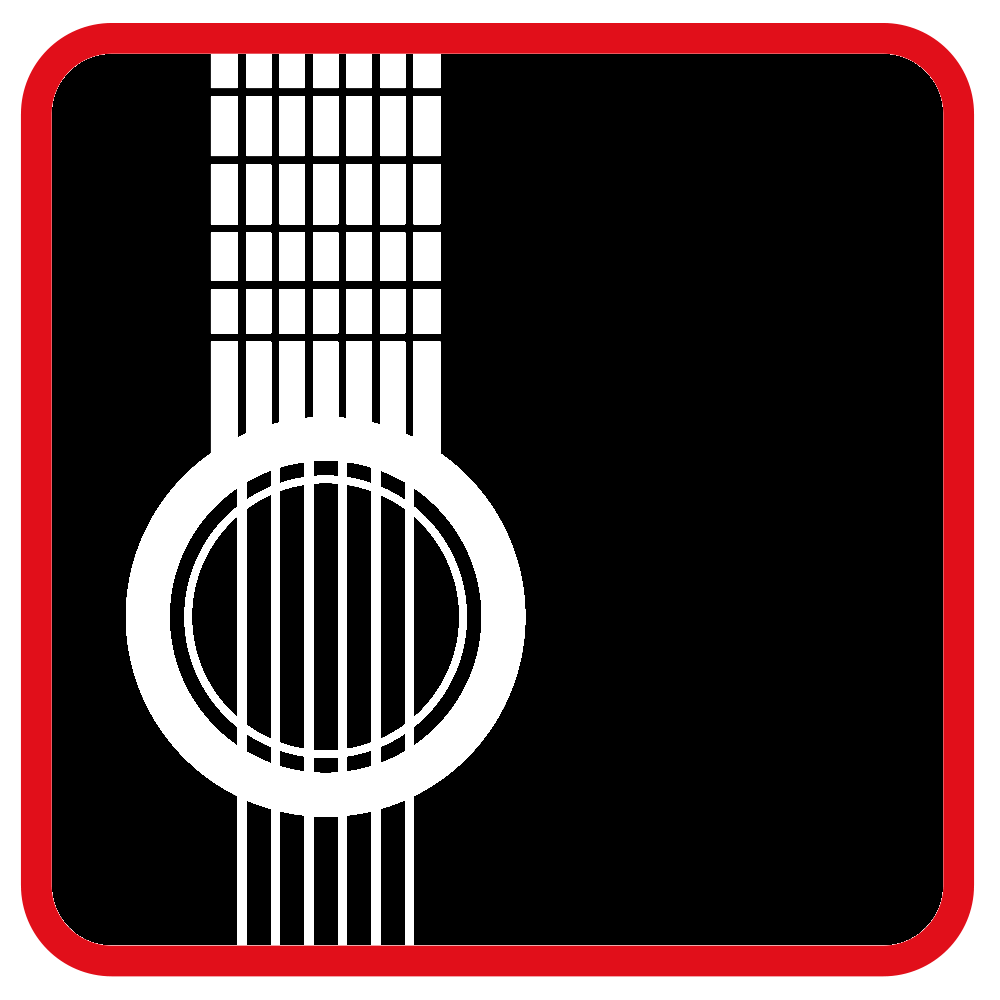We have all seen it before – the guitar slung so low it could kill ants or the laid back singer-songwriter leaning so close to the guitar you think she just might kiss it. You might even be guilty of it yourself. What you might not know is your playing position is probably the most important way to either enhance or kill your technique.
When I first started playing guitar at age 11, it was in the midst of the grunge era – you know, baggy pants, flannels, thermal shirts. Playing loud and heavy was the order of the day, and all the cool guys were slinging guitars down to their knees. After trying to play like that for a little while and struggling to get some of the riffs sounding smooth, I realized that there was a difference in my playing when I practiced while sitting versus playing while standing. So, I decided to try to mimic my sitting-style playing and one of the first steps was to bring the guitar up closer to my chest. And voila! Suddenly, those transitions and “difficult” riffs I was hacking through became smooth and almost seamless. You might have had a similar epiphany at some point and just took it and ran with it. What you might not know, is that is just the beginning of your improvement with guitar positioning.
The absolute first thing to learn and use every time you pick up your instrument and no matter how advanced you are, is to stay relaxed while playing and release any unnecessary tension. There are more specific techniques with which to do this as you progress but it all starts with your playing position and understanding of a few key principles.
The Classical Position
For a well-thought out guide on classical guitar sitting position, check out ThisisClassicalGuitar.com by Bradford Werner. (Basic Posture and Sitting Position)
The best playing position for each individual will vary slightly but the core principles remain the same. Keep your shoulders relaxed (not hunched) and pulled back (slightly extended chest); the back should be straight and feet planted – you should be able to let your arms hang and feel the weight of gravity. The optimal guitar position is at a range of 30 degrees to about 45 degrees angled up. Place the guitar on your left leg – the idea is to give your left hand (fretting hand) easy access to the guitar neck without bending at the wrist. Any wrist bending will create tension with your tendons and interfere with the movements of your fingers. (to demonstrate try bending your wrist forward and making a fist. You will feel the tension in your forearm and wrist and it will eventually travel up your arm to your shoulder.) This is why when you are hanging low with your guitar, you find it difficult to move your fingers smoothly.
Breathing regularly and through your diaphragm will help keep you in a relaxed state (plus it is important to life!) and I suggest starting an almost meditative practice of bringing attention back to your breathing while playing – when you notice yourself holding your breath, then release it and focus on breathing regularly again – do this every time you notice holding your breath. Holding in your breath creates a lot of tension in your shoulders, which travels down your arm and to your fingers. The mindful attention to your breathing should then journey to any tension you feel in your shoulders and back – breathe consciously and release any tension.
The Casual Position
I recommend only going to the casual position after you have experimented with and understood the principles behind the classical sitting position. You can transfer some of those ideas to the casual position but you will be limited by a few factors. Gravity and weight of your fingers and hands should still be a central focus, though you might have to play around with your position to approximate a similar feeling. Notice the left arm and hand will not be able to access the entire fretboard as easily. You will have to bend your wrist a bit more and apply more squeezing pressure rather than relying on the weight of your arm. You will also have to struggle more to reach the higher frets. Your right hand will most likely rest a little higher on the body and moving the right arm to reach different timbres and sound colors will be more difficult. That being said, the casual position can be used to great affect once thought through. Finding the balance between the classical position’s effectiveness and the casual position’s ease and comfort is a personal journey for every guitarist. Trust your body’s instincts and keep the idea of minimal tension with quick release in mind at all times – and remember to breathe!
